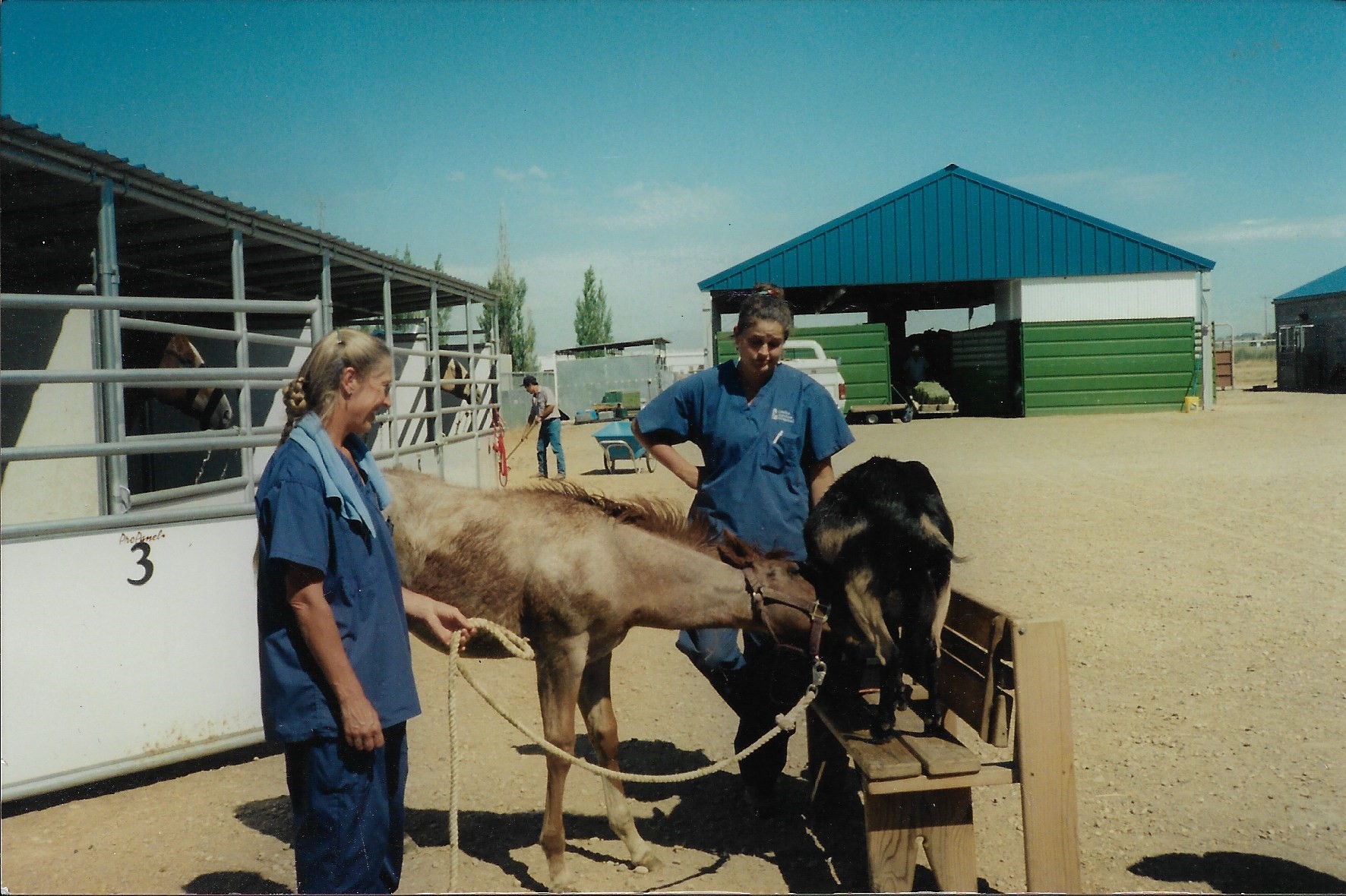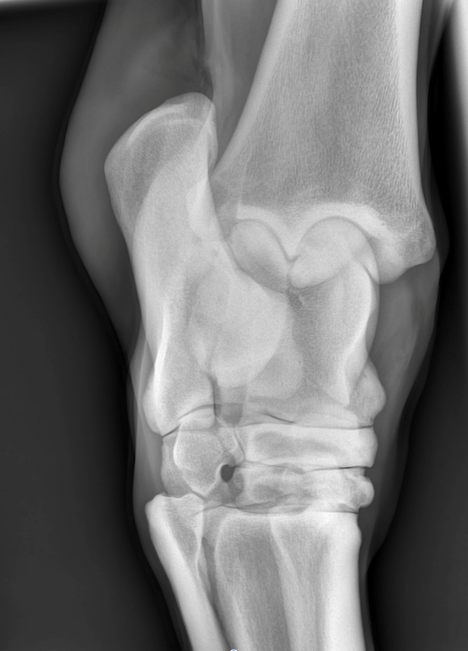MulesNose twitches can be effective for mules, however due to their negative side effects their use should be carefully considered and limited to a short length of time, for example to administer sedatives. |
MulesMules are less susceptible to hyperlipaemia than donkeys. |
MulesMule foals are highly susceptible to neonatal isoerythrolysis due to ‘donkey factor’ antigen present in donkey red blood cells. |
MulesThe position of the nasolacrimal duct varies greatly between mules. |
MulesThe mule hoof is more similar to the horse or pony and is less susceptible to white line disease than the donkey. |
NSAIDsIn recent studies meloxicam has been proven to be more effective at reducing intra-articular joint inflammation than phenylbutazone- for more information on managing synovitis click here |
NutritionGoats milk (preferably with 20g/l dextrose) or 2% fat cows milk with 20g/l of dextrose can be used in an emergency for an orphan foal
|
Orthopaedics- foalsFoals with mild lower limb contracture respond well to supportive bandaging from carpus to the floor. It causes tendon laxity and reverses the deformity. |
PSDProximal suspensory desmitis. Inflammation of the proximal part of the suspensory ligament. Signalment includes dressage horses and showjumpers, especially those with upright hindlimb conformation. |
Radiography
Dorsolateral-plantaromedial oblique view of the tarsus taken by moving the generator 45 degrees sideways (away from the horse) from the dorsal (front) starting position. Gives a 'Donkey's lugs' (DL) view of the talus. |

 DLPMO of the tarsus
DLPMO of the tarsus